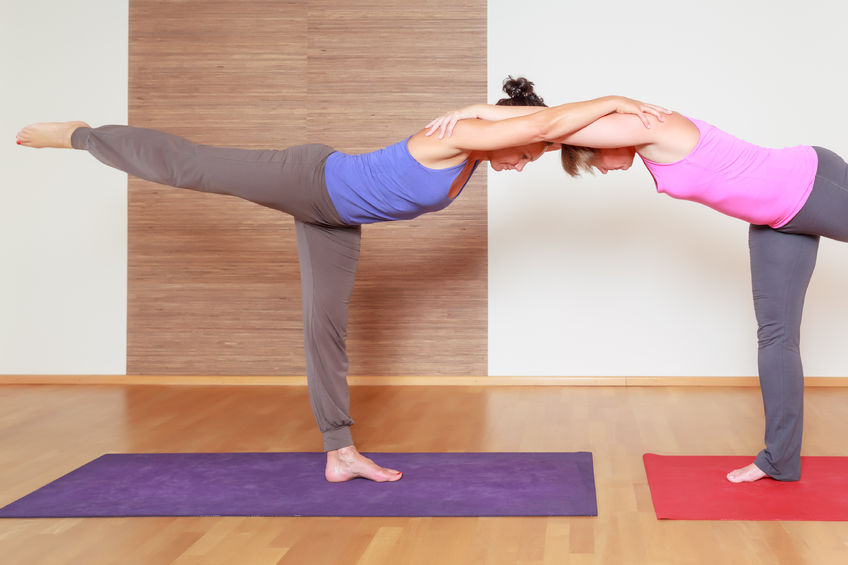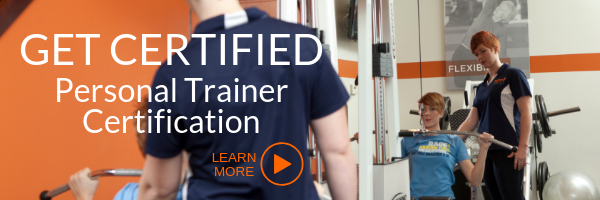
 Feldenkrais is one of many popular forms of mind-body exercise that could supplement your fitness training methods. Mind-body exercise techniques continue to shake-up the health and fitness industry.
Feldenkrais is one of many popular forms of mind-body exercise that could supplement your fitness training methods. Mind-body exercise techniques continue to shake-up the health and fitness industry.
It’s common to observe elements of both classical (Tai Chi, Qigong, Yoga, etc.) and contemporary (Alexander technique, Pilates, Somatics, Laban Movement Analysis, etc.) mind-body exercises integrated into individual and group fitness programs.
Here’s what you need to know about Feldenkrais.
What is Feldenkrais?

The goal of Feldenkrais is not too dissimilar from other mind-body exercises. What makes mind-body exercise unique is the acknowledgment of the value of synchronizing the mind and the body to achieve mental and physical balance.
The International Feldenkrais Federation defines this method as “an educational system that uses movement to teach self-awareness and improve function.”
The Feldenkrais Method was originally developed by Dr. Moshe Feldenkrais (a Russian physicist) who stated “I believe that the unity of mind and body is an objective reality.
They are not just parts somehow related to each other, but an inseparable whole while functioning. A brain without a body could not think; at least, the continuing of mental functions is assured by corresponding motor functions” (Feldenkrais, 1980).
Ultimately, the goal is to honor the connection between the mind and the body with the goal of executing physical movement with a profound and purposeful mindful focus. Set the intention, quiet the mind, and move mindfully to achieve inner balance and physical stamina.
Two Facets of the Feldenkrais Method
The Feldenkrais Method uses two educational approaches.
- Awareness Through Movement (ATM) – verbal approach
- Functional Integration – non-verbal approach
ATM is applied most often in group settings and includes non-strenuous active movements and imagery. The goal with ATM is to re-educate the nervous system and assist clients in enhancing kinesthetic feedback. The professional emphasizes posture, connecting the breath with movement, and visualization related to aspects of motor function (ACE Personal Trainer Manual, 2014).
In contrast, Functional Integration is geared towards individuals interested in focused one-on-one attention and involves manual-contact. The focus on this approach is to build efficiency and coordination. Because this approach uses manual-contact, the professional gently manipulates a client’s movements to create awareness (ACE Personal Trainer Manual, 2014).
Rooted in principles and theories of physics, human movement, motor function, and biomechanics, Feldenkrais is a valuable and valid alternative exercise. This approach is particularly useful for clients interested in a gentle exercise technique as Feldenkrais does not stress the body in the same ways that vigorous activity would. Further, research supports the benefit of improved balance, mental focus, and coordination through the application and practice of Feldenkrais.Feldenkrais Certification
Feldenkrais Certification
To effectively execute the Feldenkrais Method, it’s best to seek a recognized and quality certification. Fortunately, there are programs offered widely and often. A typical training program to become a Feldenkrais Practitioner consists of approximately 800 hours of training over a span of 36 months.
To effectively execute the Feldenkrais Method, it’s best to seek a recognized and quality certification. Fortunately, there are programs offered widely and often. A typical training program to become a Feldenkrais Practitioner consists of approximately 800 hours of training over a span of 36 months.
As you would with any pursuit of continuing education or additional credential, research the various types of training programs offered and select a certifying agency that resonates with you and your goals as a fitness professional. Consult the resources below for information on training programs and becoming a Feldenkrais Practitioner.
Helping clients develop a sense of awareness in everyday body mechanics and physical movements help to create movement efficiency – a cornerstone and founding principle of Feldenkrais. If clients learn to move more efficiently, the body experiences less stress and, as a result, fewer injuries and a decreased sensation of discomfort and dis-ease.
Are you ready to be a part of the growing field of somatic education through Feldenkrais? FIRST, make sure that you have the foundation to fitness training services under your belt, be a certified personal trainer!
_________________________________
Article References
American Council on Exercise (2014). Personal Trainer Manual (5thed.).San Diego, CA: ACE.
International Feldenkrais Federation
The Feldenkrais Method of Somatic Education (FAQs)
The Feldenkrais Institute







